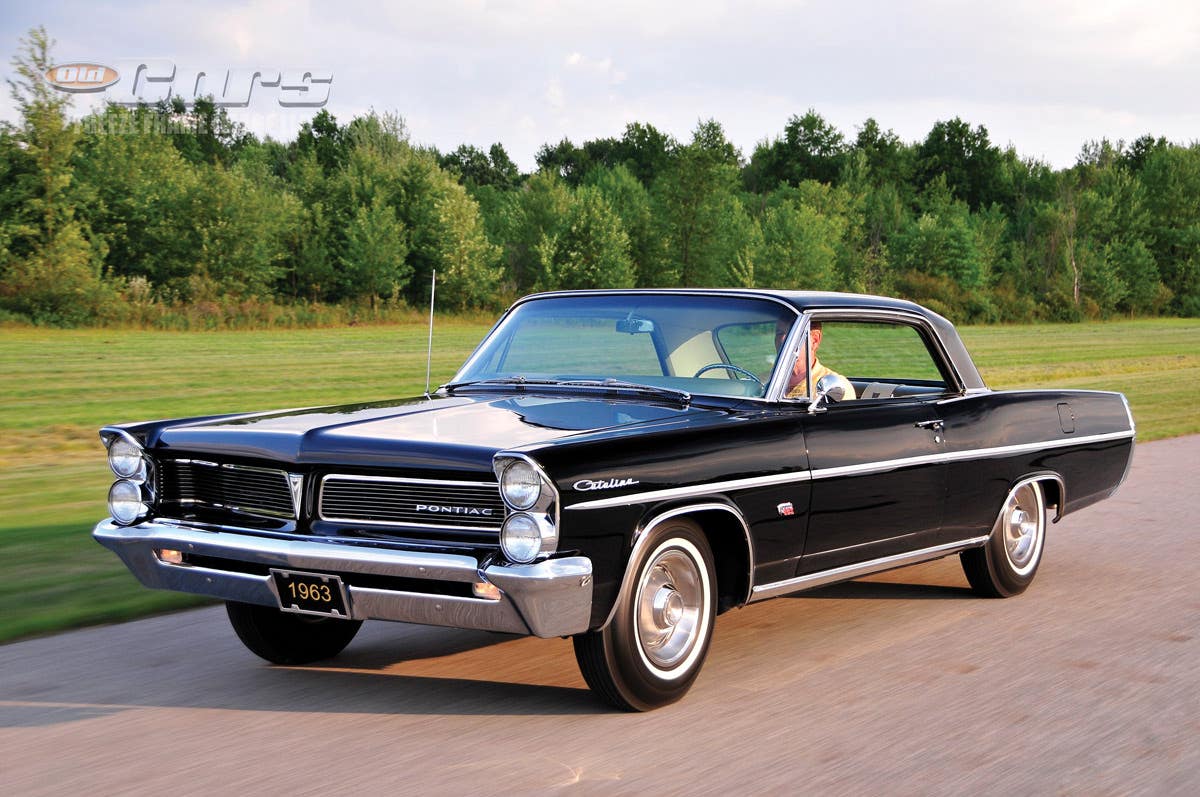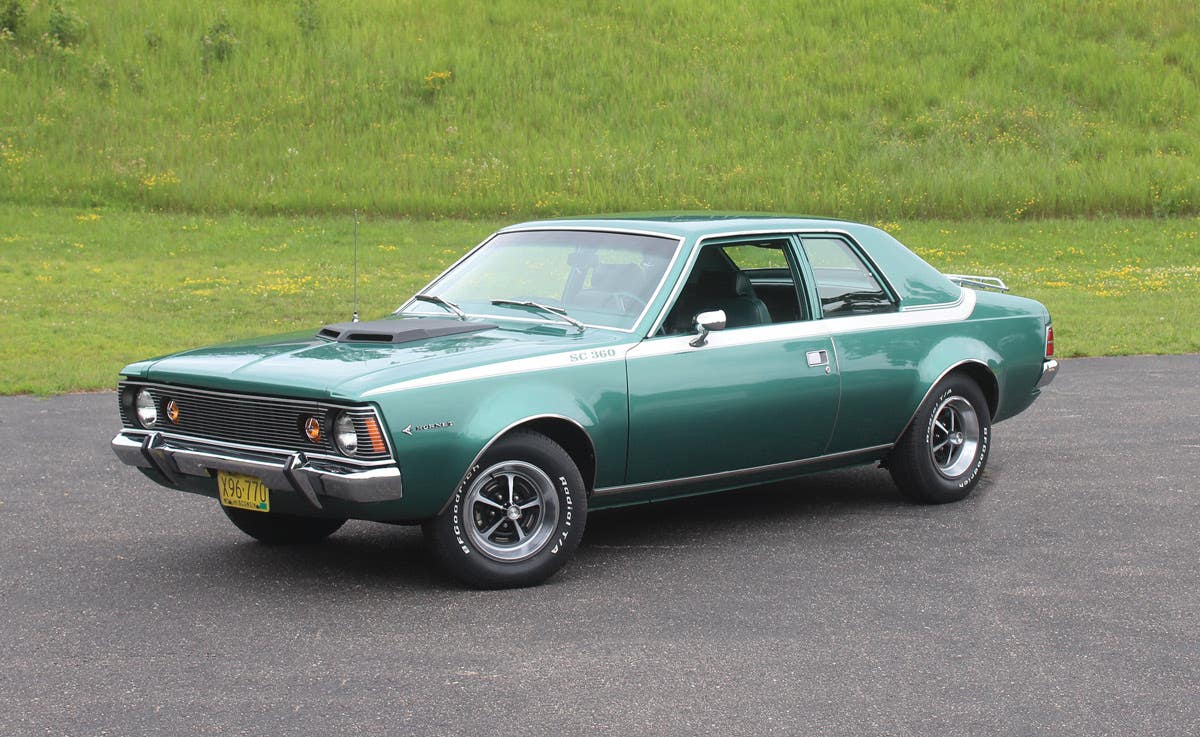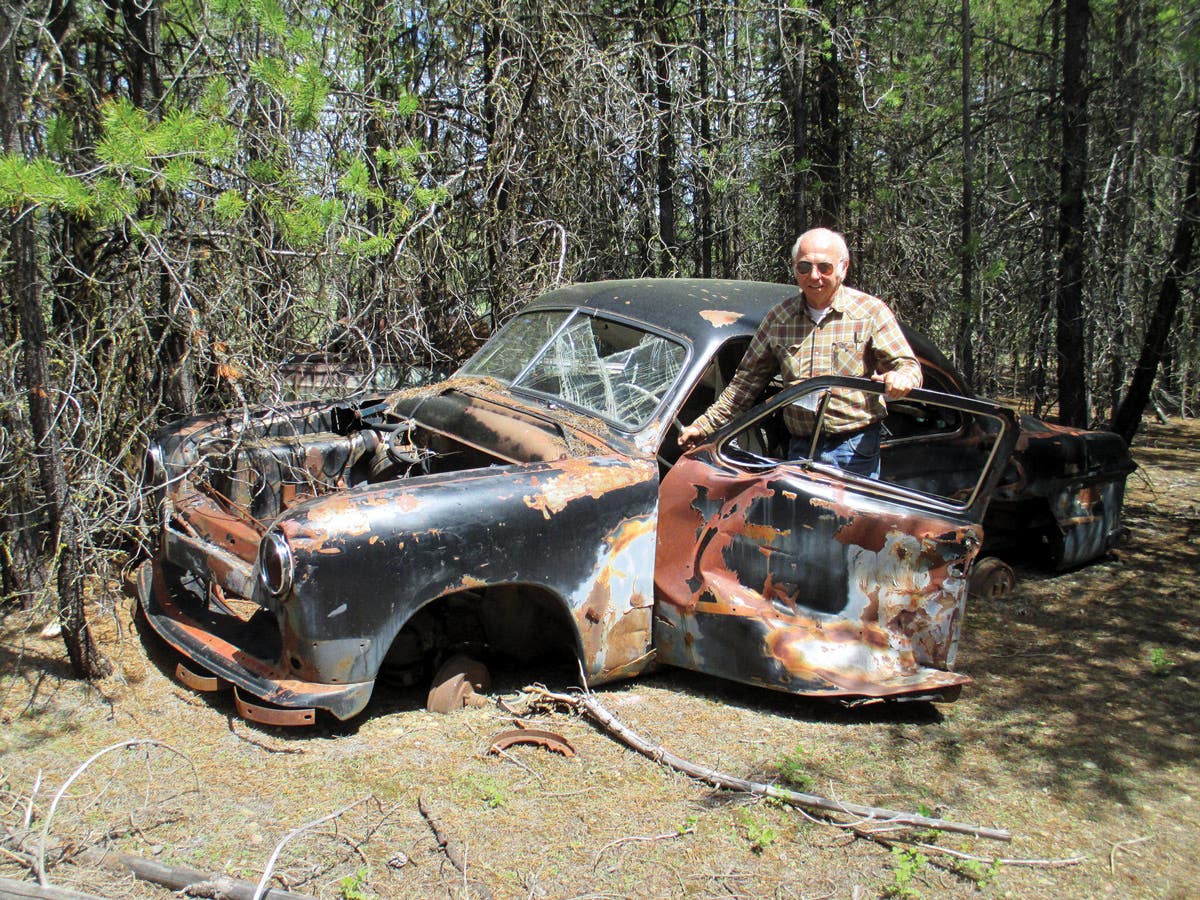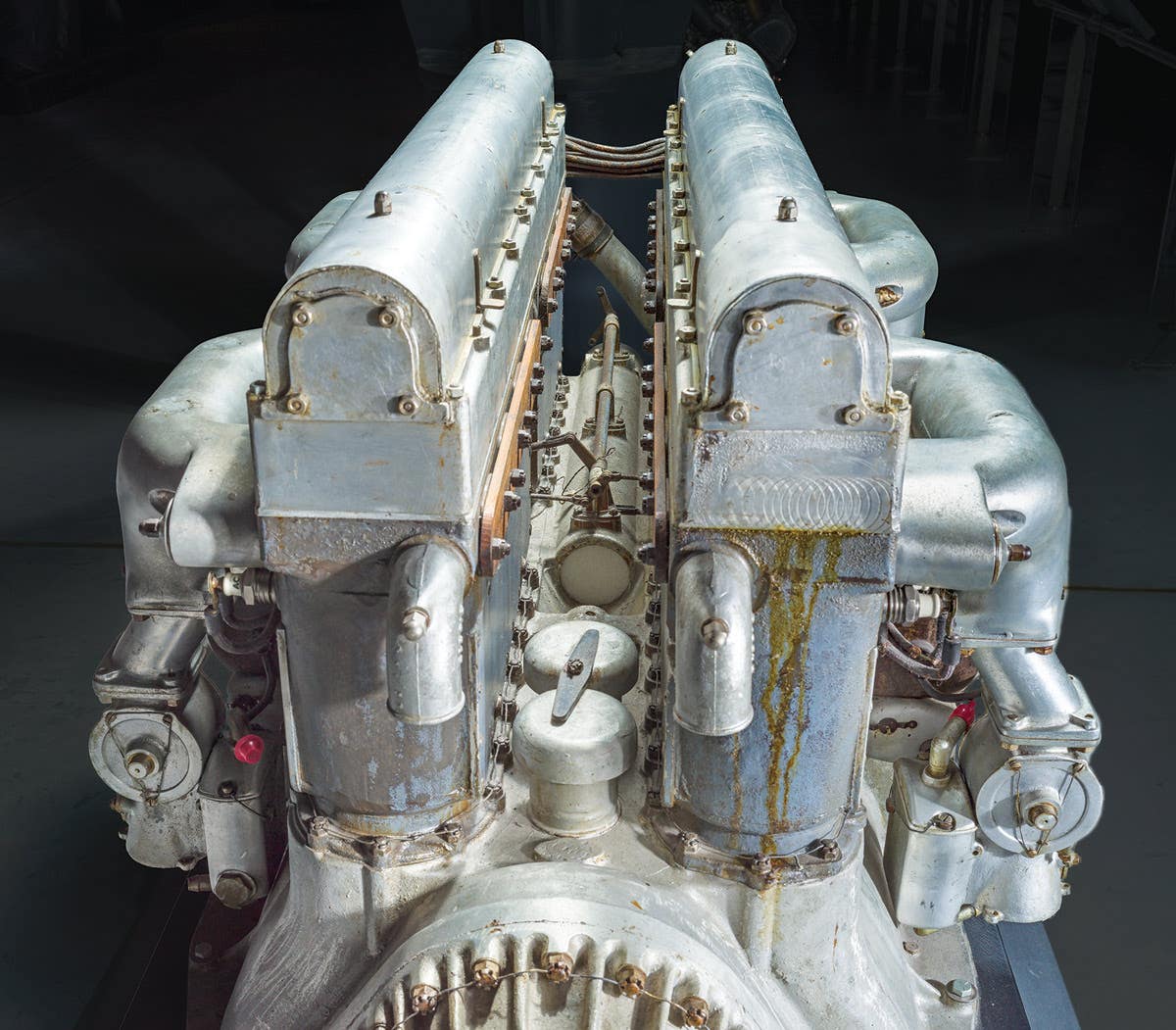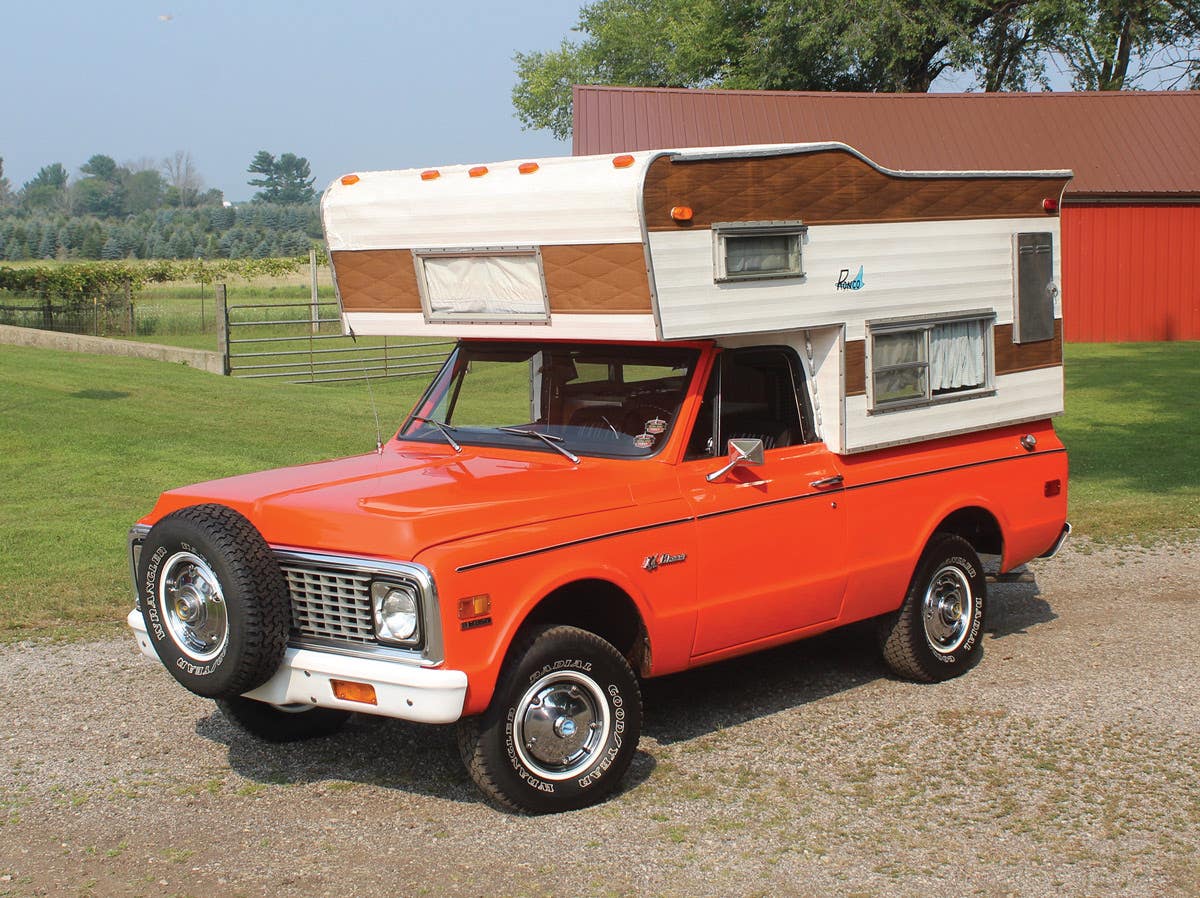Recreating the earliest trucks
William Eggers has used his master woodworking and mechanical skills to recreate some of the earliest trucks ever made.
For more than a half century, America’s most popular truck has been the Ford F-150, and many people probably assume it was also the first truck. However, the first truck was built several years before the Ford Motor Co. was even incorporated.
In 1896, Daimler built what is recognized as the first truck, and six years later — more than a century before today’s Rivian R1T and Tesla Cybertruck — Studebaker laid claim in 1902 to building America’s first electric truck.
Since neither the 1896 Daimler nor the 1902 Studebaker truck are common sights, few would know what either vehicle looked like unless shown photos. However, William Eggers has built replicas of both trucks that are stylistically faithful to the originals and bring their history to life.
The wiz behind the trucks
Known as “Wild Bill” because of his love for motorcycles, William Eggers began tinkering around at age six, well before attending vocational grammar and high school. When he was 12 years old, he made a wooden go-cart with his family’s old lawn mower. Eggers was buzzing along Sunrise Highway in Queens, New York, until the police caught up with him and brought him home. After they left, his mother said, “I’m so proud of what you made.”
Eggers then took construction technology in college “until they said I know more than the professors and I’m wasting my time,” he recalls.
For 55 years, Eggers was a carpenter contractor in Manhattan until the Sept. 11 tragedy. Now retired to Goshen, Conn., his projects take about a year to complete.
Eggers is currently reproducing the first aircraft that was made by Gottlieb Daimler and not the Wright Brothers.
“I’m having too much fun in my shop seven days a week.”
Eggers has expanded his skill set beyond carpenter to engineer, sculptor and welder, all without a computer. In addition to recreating early vehicles, Eggers refurbishes old motorcycles. The vehicles that Eggers has recreated are often sold to museums and private collectors. Besides the 1896 Daimler and 1902 Studebaker trucks, he has duplicated the 1867 Roper, the first coal-fire-steam motorcycle; an 1865 Wells Fargo stagecoach; and the chariots used by Charlton Heston and Stephen Boyd in the movie “Ben Hur.”
Recreating the earliest trucks
Inventor Gottlieb Daimler was determined to find applications for his engine, and he applied it to a motorcycle, trolley car and the first truck. His truck was basically a carriage with an engine.
The engine was called a Phoenix, a two-cylinder unit that produced 4 hp and could propel the Daimler truck to a top speed of 6 mph. It could run on gasoline, coal gas or lamp fuel.
The Daimler’s engine was located in the back of the truck. Two helical springs were used to protect the engine, which was sensitive to road vibrations. The engine was behind the rear axle and drove that axle with a chain. A bench seat was in front. There was a steering wheel which directed chains to move the leaf-sprung front axle right or left. The hauler had a payload of 3,307 lbs., and its wooden sides could drop down to make a flatbed. This first truck was used to deliver beer kegs to taverns in London.
Eggers also made a replica of an 1898 Daimler commercial vehicle. “This was the first truck with the engine in the front,” Eggers says.
The 1902 Studebaker electric commercial vehicle was powered by a single Westinghouse standard vehicle motor. It was rated at 40 volts (pressure to make electrons move) and 24 amperes (amount of current). This resulted in 1.5 hp. The top speed was 13 mph with a driving range of 40 miles per charge. The motor was under the bench seat and moved the rear wheels with a chain.
The Studebaker had a tiller for steering, and there were two brake systems with one working on the rear axle drums and the other working on the countershaft of the motor. Both brakes were foot operated. There were four speeds forward as well as four speeds for backward motion. The electric speed control was at the seat to the driver’s left. There were semi-elliptical front springs and full-elliptical rear springs.
Eggers obtained measurements of the early trucks by going on the internet at his local library.
“I made my own scale ruler to measure any part,” he said.
With any project, he starts construction by building the frame and wheels and then moves onto the body and fittings. For the Daimler, Eggers was able to determine the body was built from mahogany.
“All the steel brass fittings I made myself,” he says. “The springs came from the Amish off their carriages. The chain is stock and fits factory gears.”
He notes the original Daimler truck rolled on hard iron wheels.
“I have a steel band around the wheels for strength and a rubber inset, because when I sold it, the new owners did not want steel ruining the floors.”
One is hard-pressed to tell the difference between the original Daimler truck and Eggers’ reproduction. One divergence is the powerplants. Instead of the original Phoenix engine, Eggers installed a Kohler. “It has about two times the original power in one cylinder.”
Eggers’ 1902 Studebaker truck recreation is likewise faithful to the original. Again, he went to the library to find pictures of the original.
Again, Eggers created the brass fittings and built the body.
“Dark wood is mahogany, and painted wood is popular,” he says, adding that the “lamp oil lights are from the Amish.... all springs from the Amish. Axles are also from the Amish, adjusted for my needs.”
Since obtaining an electric Studebaker engine would be impossible, Eggers used a Leeson Motor Speedmaster 24-volt system with two deep-cycle 12-volt batteries. Unlike the original, which had four forward and four reverse gears, Eggers’ model has one gear forward and one reverse.
Although Eggers does not own a computer, he has a website. All of his projects can be seen at www.williameggersmotorcycles.com.
If you like stories like these and other classic car features, check out Old Cars magazine. CLICK HERE to subscribe.
Want a taste of Old Cars magazine first? Sign up for our weekly e-newsletter and get a FREE complimentary digital issue download of our print magazine.



